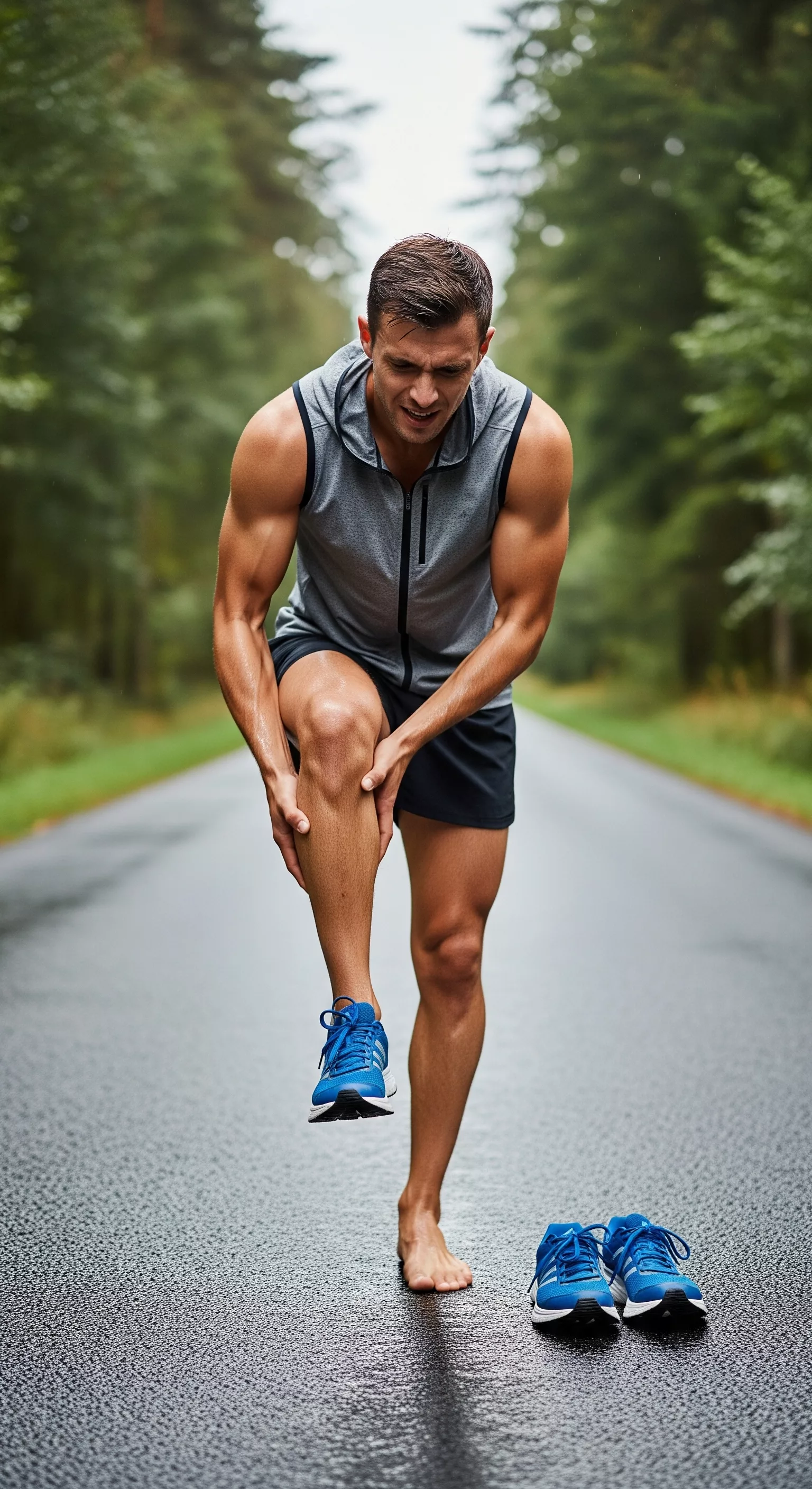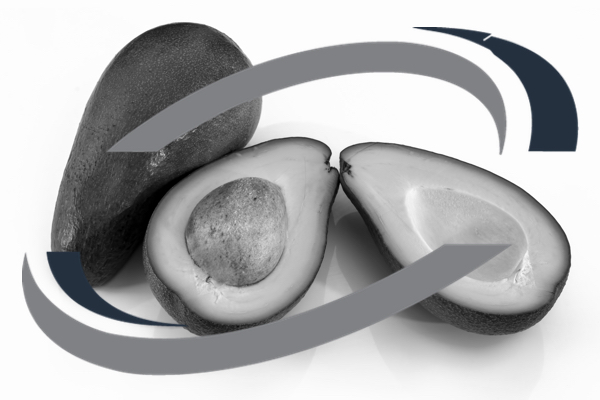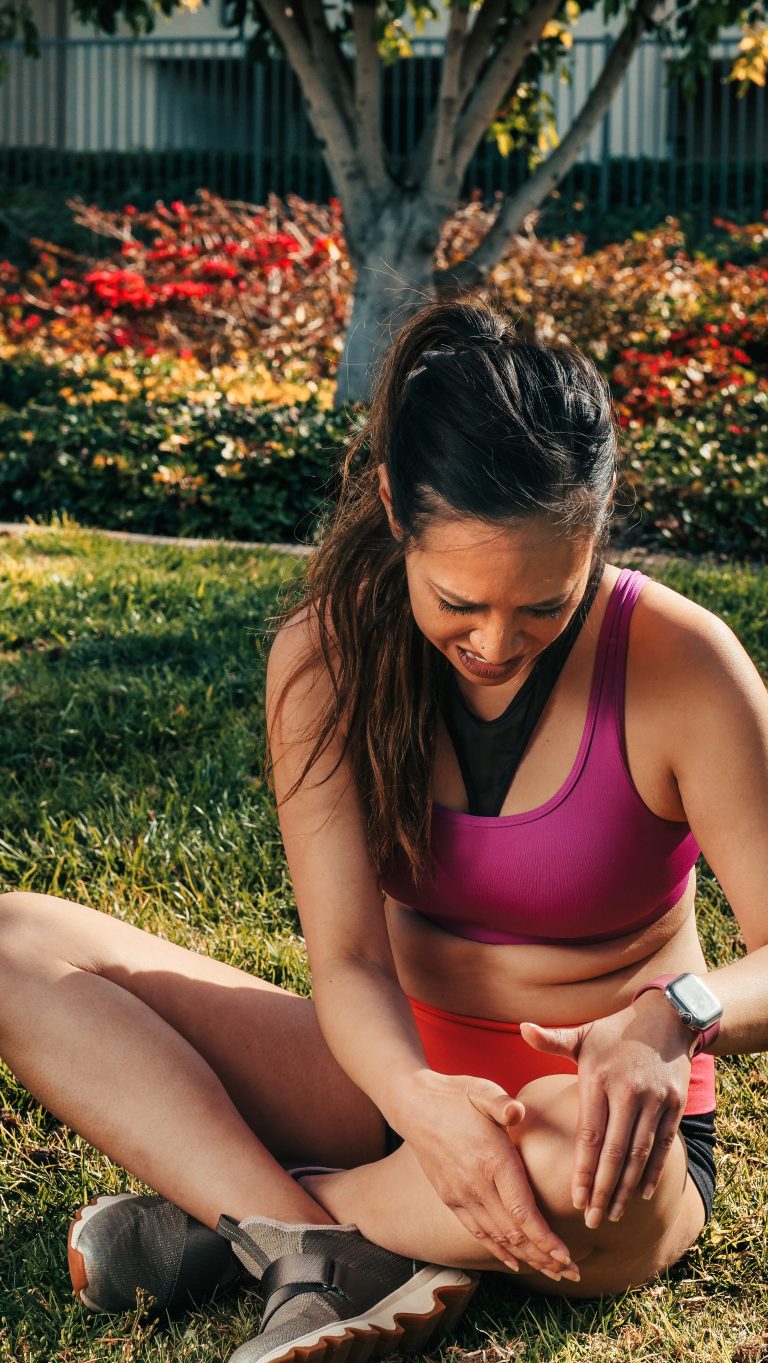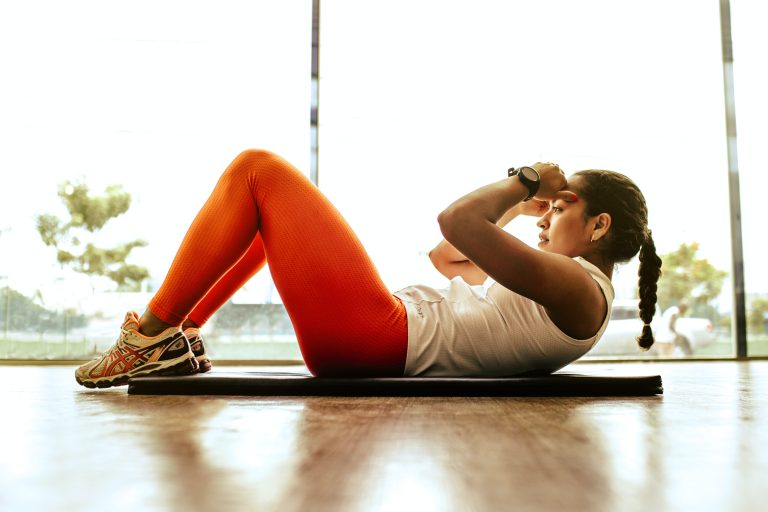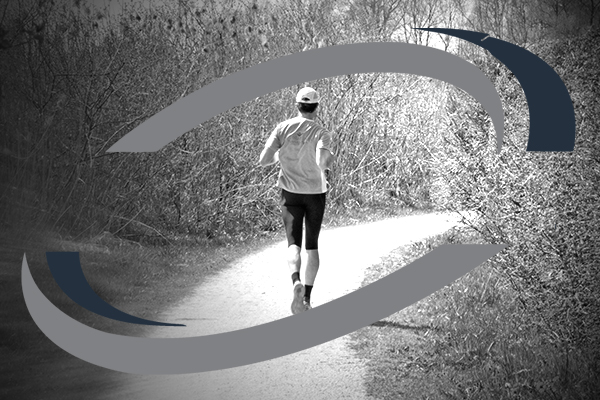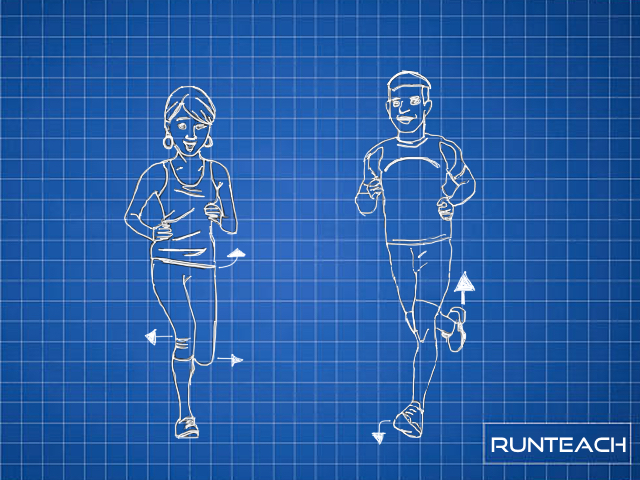Shin and calf pain is very common in runners, especially as they increase their weekly distance or introduce interval sessions. Sam (not his real name for privacy reasons) came to me with exactly this situation, and had experienced shin and calf pain on his right side on and off for a couple of years. He could run up to 10k fine, but as soon as he started to increase the mileage the pain came back.
Like many runners who have pain, Sam’s first angle of attack was to look at his running form. In fact, almost every runner who comes to see me starts by asking for a gait analysis as they believe it must be their ‘poor’ running form that’s resulting in their pain or lack of performance. While on the surface it may look like their running form is the cause of it all, but believe it or not, it’s rarely the case – and Sam’s case highlights this perfectly.
Your running form is simply an output – it’s a set of movements produced by your ability to control and coordinate your muscles, joints and other tissue. You can think of it a bit like the final product of a cake-baking process. If your ingredients, method or process are substandard in any way, the resulting cake will not be what you want. The best way to get a good cake is to ensure that the ingredients, method and process are exactly what’s needed to produce the cake you want.
This is exactly the same with your running form. In the case of human movement, the ingredients are the sensory input signals from all over your body; the method and processes are what your brain does with that sensory input and how it integrates it; your running form is the eventual output.
Given that Sam’s shin and calf pain only came on beyond 10k tells us that something about the quality of his inputs or processing and integration wasn’t quite right. And yes, this probably was being displayed somewhere in his running form and I could have gone down the route of measuring angles, looking for muscle weakness and all the traditional stuff – but I chose a much more direct route first.
I started by testing what he could feel from his right calf and shin. Sam had his eyes closed and was to tell me what he experienced. I applied hot and cold touch. I followed this with pressing a sharp point or a dull point at various points. I tested light tough, heavy tough and vibration. In all areas we tested, except one, Sam could feel all these sensations so I knew that his brain was getting a pretty clear map of where his calf and shin were: but not a totally complete map. There was a very small area, no bigger than 2cm round, where Sam couldn’t feel any sensation at all. It was a tiny paler area of skin from a very old scar that Sam didn’t even know was there. Could that be the issue?
I then did some skin stretch testing on that specific area and found there were some barriers, indicating further that this tiny area was messing with Sam’s braid-body map. I did a bit of work to release the barriers and we retested Sam’s movement quality: in this case we were testing ankle range of movement and calf tightness. We immediately saw an improvement so I knew we were onto something. Then came the really weird bit!
I wanted Sam to get more in touch with the sensory information that was coming in from that area of his skin. To do this, I wanted to dull down two of his primary sensory inputs – vision and hearing. Sam then stood up tall, put on a blindfold and a pair of ear defenders. His drill was to find his way down to the ground, roll over on the outside of his calf where the target area of skin was, and then come back up to standing. He was to do this five times.
The retest after doing this exercise was outstanding! Sam’s calf tightness had all but disappeared and his right-side ankle range of movement increased dramatically.
Sam’s homework for the next few days was to repeat this exercise at home once or twice per day, and just five reps.
Within five days Sam’s shin and calf pain had gone completely! Totally vanished! When he came in for his first proper session with me a couple of weeks later, he had already increased his long run to 14km and was completely pain-free. That was a couple of months ago (June 2025) and Sam has had a couple more sessions with me, and this time we were able to go straight to improving his technique – which he did in a single session – because the stability of his right side was now not an issue and we could look at optimisation. But just from that first exercise, Sam’s pain resolved and it has never come back even though he is now a good way through his half marathon training.
Why was this area causing Sam pain? Because his brain-body map was incomplete, Sam wasn’t able to effectively stabilise his knee and ankle joints reactively (unconsciously) as he was running. When he increased his distance, the skill requirement for stability also increased, especially as fatigue creeps in. The incomplete brain-body map was stopping this from happening so his brain produced the pain experience to get him to stop – it was red-flagging him that something wasn’t right.
As soon as we completed the brain-body map, he was suddenly able to stabilise his joints again and his brain was perfectly happy and safe with him increasing his distance.
Your brain and nervous system are amazing, and by working at their level and communicating with them directly, you really can make life-altering transformations – just like Sam did.
My Runner By Design membership takes everything I do with my clients on a one to one basis, and makes it available online as a set of assessments, courses, education and live coaching calls. It’s designed to take you on your next steps of your running journey, including helping you get out of pain and enjoying your running again.
To find out more, click here.

